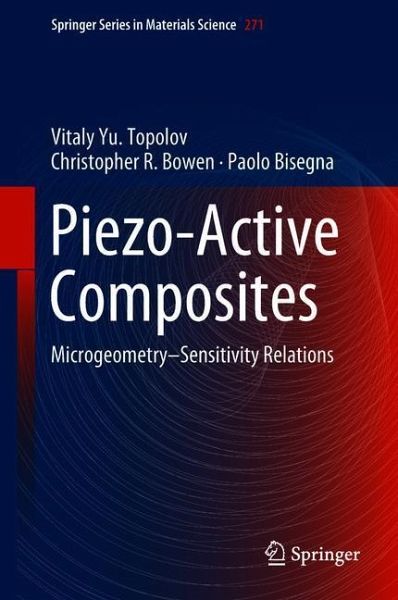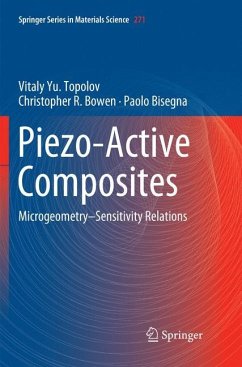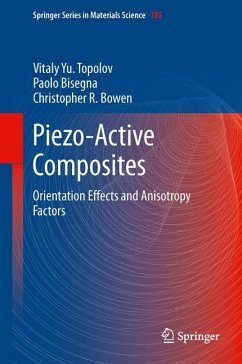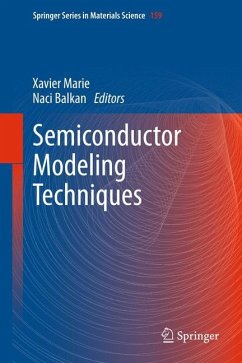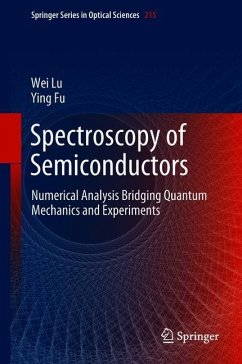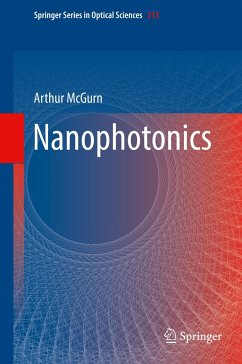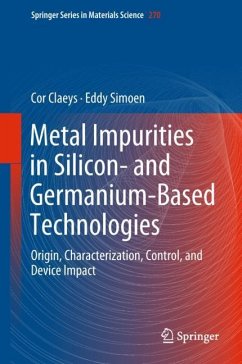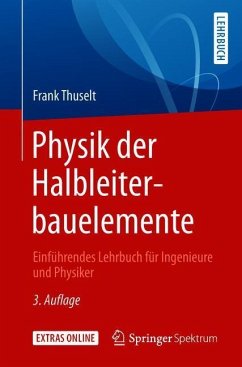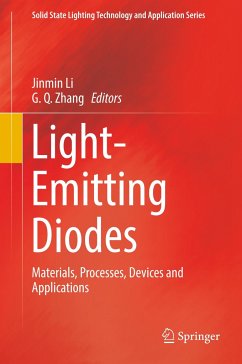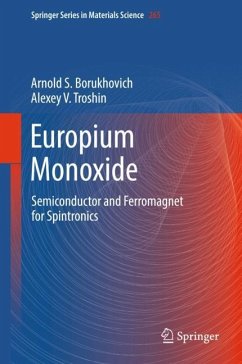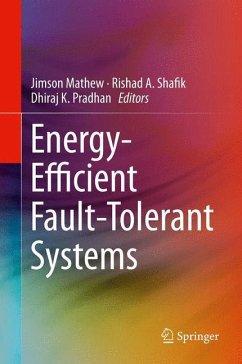Vitaly Yuryevich Topolov earned the qualification "Physicist. Educator" (honours degree) in 1984 along with the degrees "Candidate of Sciences (Physics and Mathematics)" and "Doctor of Sciences (Physics and Mathematics)" in 1987 and 2000, respectively, all from the Rostov State University, Russia. From 1987 to 1991, he worked as a research scientist of the Institute of Physics at the Rostov State University. From 1991 to 2000, he worked as a Senior Lecturer (1991-1992) and an Associate Professor (1992-2000) of the Department of Physics at the Rostov State University. Since 2000, he has been Professor of the same Department. Since December 2006, after reforming the Rostov State University, he is Professor of the Department of Physics at the Southern Federal University (Rostov-on-Don, Russia). Dr. V. Yu. Topolov was also a visiting scientist at the Moscow State University, Russia (former USSR, 1989), University of Saarland, Germany (1994-1995), Aachen University of Technology - RWTH Aachen, Germany (1998), Karlsruhe Research Center, Germany (2002 and 2003-2004), University of Bath, UK (2006, 2007, 2012, 2013, 2014, and 2015), and University of Rome Tor Vergata, Italy (2008). His research interests include heterogeneous ferroelectrics, smart materials, domain and heterophase structures, as well as electromechanical effects in ferroelectrics and related materials. He earned the special award from the International Science Foundation (1993) and the Soros Associate Professor title and awards from the International Soros Science-Educational Program and the Open Society Institute (1997, 1998, 2000, and 2001). He authored and edited 7 books and 430 scientific papers . He is a honorary member of Higher Professional Education of the Russian Federation (Ministry of Education and Science of the Russian Federation, Moscow, Russia, 2009). Christopher Rhys Bowen earned a BSc (First Class) in Materials Science at the School of Materials, University of Bath, UK in 1990 and worked on his DPhil thesis in ceramic manufacture under the supervision of Prof. Brian Derby in the Department of Materials, University of Oxford, UK in 1990-1993 (PhD awarded in 1994). In 1993-1994, he worked as a Researcher in the Advanced Ceramics Group at the Technical University of Hamburg-Harburg (TUHH), Germany under the supervision of Prof. Nils Claussen. From 1994 to 1996, he was research fellow at the School of Materials, University of Leeds, UK working with Prof. Ron Stevens. From 1996 to 1998, he was a Senior Scientist at the Defence Evaluation and Research Agency (DERA), Functional Materials Group, UK working on ferroelectric ceramics and composites. He joined the University of Bath, UK in August 1998, and now he is a Professor at the same University. The research interests of Dr. C. R. Bowen are concerned with modern functional materials, including ferroelectric ceramics and piezo-active composites for modern sensors and actuators, as well as with manufacturing and characterisation of these materials. Continuing interest includes the use of piezoelectric materials combined with structural composites, such as bistable laminates, for energy harvesting and shape changing applications. Additional interest is concerned with pyroelectric materials, their performance and use in energy-harvesting applications. Dr. C. R. Bowen earned the Thornton and Hazelwood prizes for academic work (1986-1990), Institute of Materials National Lecture Competition award (1993), SET award (2002), and John Willis award for excellence in research and teaching (2003). Dr. C. R. Bowen has published three monographs and over 250 scientific papers, conference proceedings, and abstracts. He has been awarded an ERC Advanced Fellowship in Novel Energy Materials, Engineering Science and Integrated Systems (NEMESIS, Grant Agreement No. 320963). Paolo Bisegna earned a MSc (First Class) in Engineering at the Universityof Naples "Federico II", Naples, Italy in 1991, and a MSc (First Class) in Mathematics at the University of Rome Tor Vergata, Rome, Italy in 1994, where he earned a MD (First Class) at the School of Medicine. From 1992 to 1994 he worked as a Research Assistant for the Italian National Research Council. From 1994 to 2000 he worked as an Assistant Professor at the Department of Civil Engineering, University of Rome Tor Vergata. Since 2001, he has been a Professor of Mechanics at the same Department. Since 2012, after reforming the University of Rome Tor Vergata, he has been a Professor at the Department of Civil Engineering and Computer Science. In 2000 he was a visiting scholar at the Department of Mathematics, Northwestern University, Evanston, IL, USA. In 2001-2008, yearly visiting scholar at the Department of Mathematics, Vanderbilt University, Nashville, TN, USA. Since 2011, Program Director of the Biomedical Engineering Program, University of Rome Tor Vergata and Director of the Structural Engineering Doctoral Program, University of Rome Tor Vergata (Italy). He is a Member of the Editorial Board of Annals of Solid and Structural Mechanics (Springer). He served as a Reviewer for over 30 international journals. His research interests are concerned with smart materials, piezoelectric composites, ferroelectric ceramics and composites for modern sensors and actuators. Additional research interest includes computational mechanics, mechanics of materials, biomedical engineering. He has published one monograph (Springer, Berlin, Heidelberg, Germany, 2014), approximately 180 journal papers, chapters in monographs, and articles in conference proceedings. His research activity is funded by national and international institutions, including the Italian Ministry of Education.
